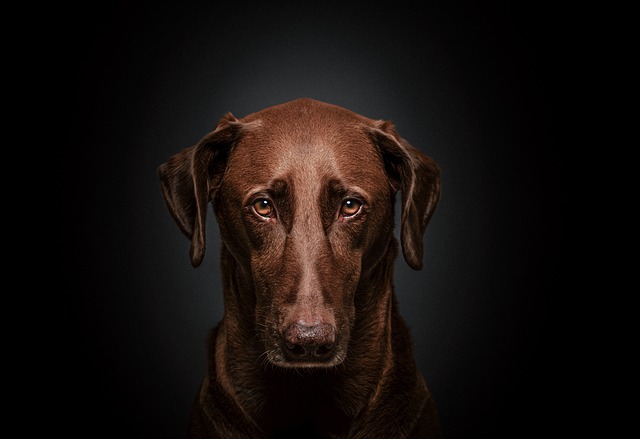
How to guide your dog to urinate and defecate outside?
Puppy pads scattered across the kitchen, a surprise pile behind the couch, the frantic scramble to clean before guests arrive—house-training struggles feel universal.
Watching a new puppy stumble through your home, tail wagging like a tiny metronome, is one of life’s sweetest joys—until the first unexpected accident on the living room rug. Potty training your dog doesn’t have to feel like a never-ending battle, though. It’s more about building a rhythm than mastering some secret technique, and once you get the hang of it, you’ll wonder why you stressed so much.
Start by syncing their schedule with yours. Most puppies need to go out right after eating, napping, or playing—those are your golden windows. Grab their leash, head to the same spot each time, and wait. When they go, celebrate like it’s a birthday: big smiles, a favorite treat, maybe even a silly cheer. Dogs thrive on that positive feedback, and they’ll start connecting “going outside” with good things fast. Just make sure those treats are ready immediately—delay even a minute, and they might not link the action to the reward.
Most communities have rules about cleaning up after your dog, and for good reason. Always toss a few poop bags in your pocket before heading out. Not only does it keep public spaces clean, but it’s part of being a responsible pet owner—something neighbors really appreciate. Plus, stopping to clean up gives you a second to praise your pup again, reinforcing that outdoor potty habit.
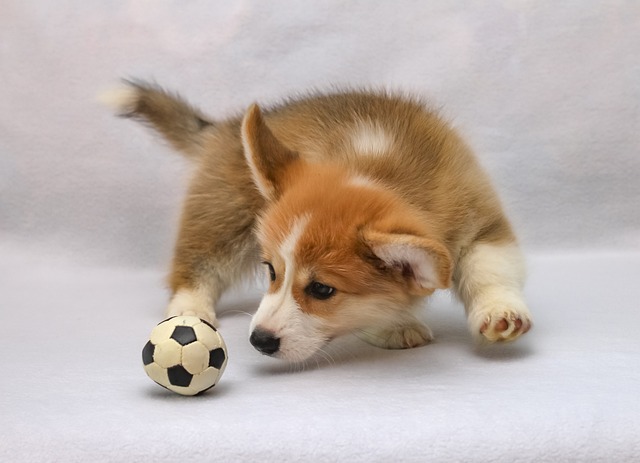 Keep an eye out for their telltale signs: sniffing the floor like they’re on a treasure hunt, circling, or suddenly stopping mid-play. If you catch those, don’t hesitate—scoop them up to their spot. Missing those cues is how accidents happen, and while they’re normal at first, repeating them can slow down progress. If an accident does sneak up, resist the urge to scold. Yelling or rubbing their nose in it just confuses them—they won’t connect the scolding to the action, only to your anger. Instead, calmly clean it up with an enzymatic cleaner and vow to watch closer next time.
Keep an eye out for their telltale signs: sniffing the floor like they’re on a treasure hunt, circling, or suddenly stopping mid-play. If you catch those, don’t hesitate—scoop them up to their spot. Missing those cues is how accidents happen, and while they’re normal at first, repeating them can slow down progress. If an accident does sneak up, resist the urge to scold. Yelling or rubbing their nose in it just confuses them—they won’t connect the scolding to the action, only to your anger. Instead, calmly clean it up with an enzymatic cleaner and vow to watch closer next time.
Consistency matters more than perfection. If you’re home with them, stick to the schedule. If someone else is watching them, make sure they follow the same routine: same spot, same treats, same enthusiasm. Dogs don’t understand “sometimes” when it comes to rules—what works at 9 a.m. needs to work at 7 p.m. too. That includes weekends, even when you’re tempted to sleep in. A few weeks of early mornings beats months of cleaning up messes.
Remember, every dog learns at their own pace. A small breed might catch on faster than a stubborn terrier, or vice versa. Age plays a role too—older dogs might have old habits to break, while puppies have tiny bladders that can’t hold it long. Be patient, and don’t compare your pup to the “perfect” training stories online. Your job is to guide, not to rush.
Before you know it, they’ll be standing by the door, waiting to go out like a pro. That’s when you’ll realize: potty training your dog was never about being perfect. It’s about learning to communicate, building trust, and turning those messy early days into funny stories you’ll laugh about later.

Puppy pads scattered across the kitchen, a surprise pile behind the couch, the frantic scramble to clean before guests arrive—house-training struggles feel universal.
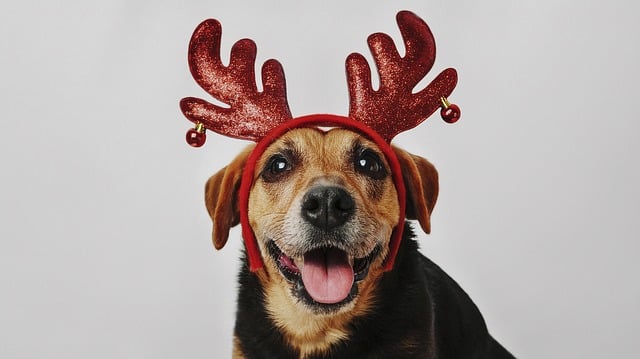
It’s a familiar morning scene for many new dog owners: you walk into the kitchen to find your pup’s nose buried in the trash can, cereal boxes torn open and banana peels scattered across the floor.
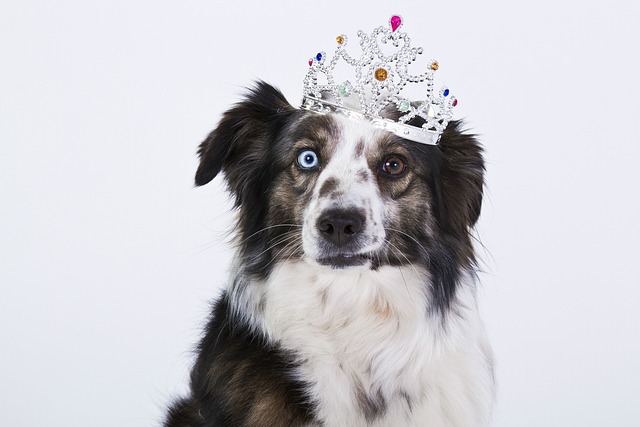
Watching a tiny Yorkie or Chihuahua dart toward the door instead of squatting on the rug feels like a win—but getting there takes time, and every pup moves at their own pace.
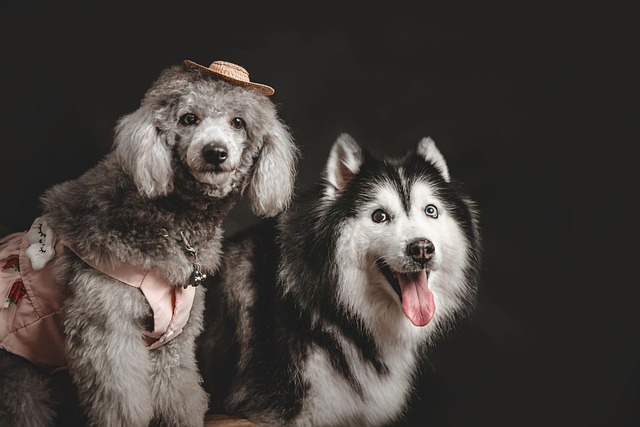
Puppies have tiny bladders, and when you live in an apartment with no yard or during harsh winters that make outdoor trips tricky, indoor potty training becomes a necessity.
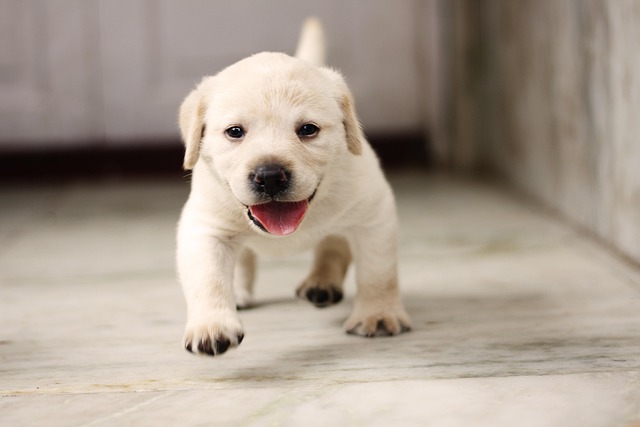
Many new dog parents see agility videos—dogs zipping through tunnels, leaping over hurdles—and think, “We could never do that at home.”
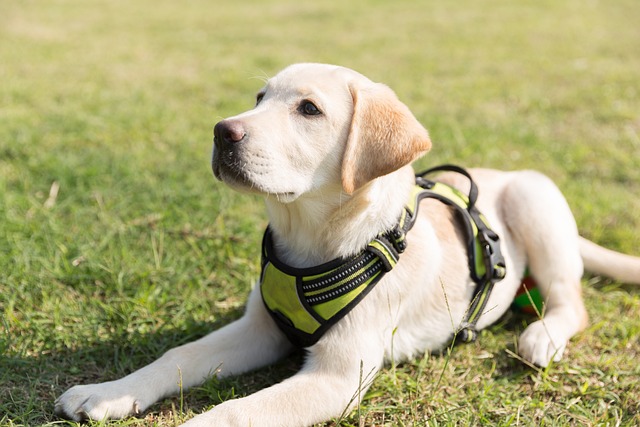
Ever called your dog in the park, only for Fido to pretend he’s suddenly deaf? Or struggled to get him off the sofa when guests arrive? You’re not alone.